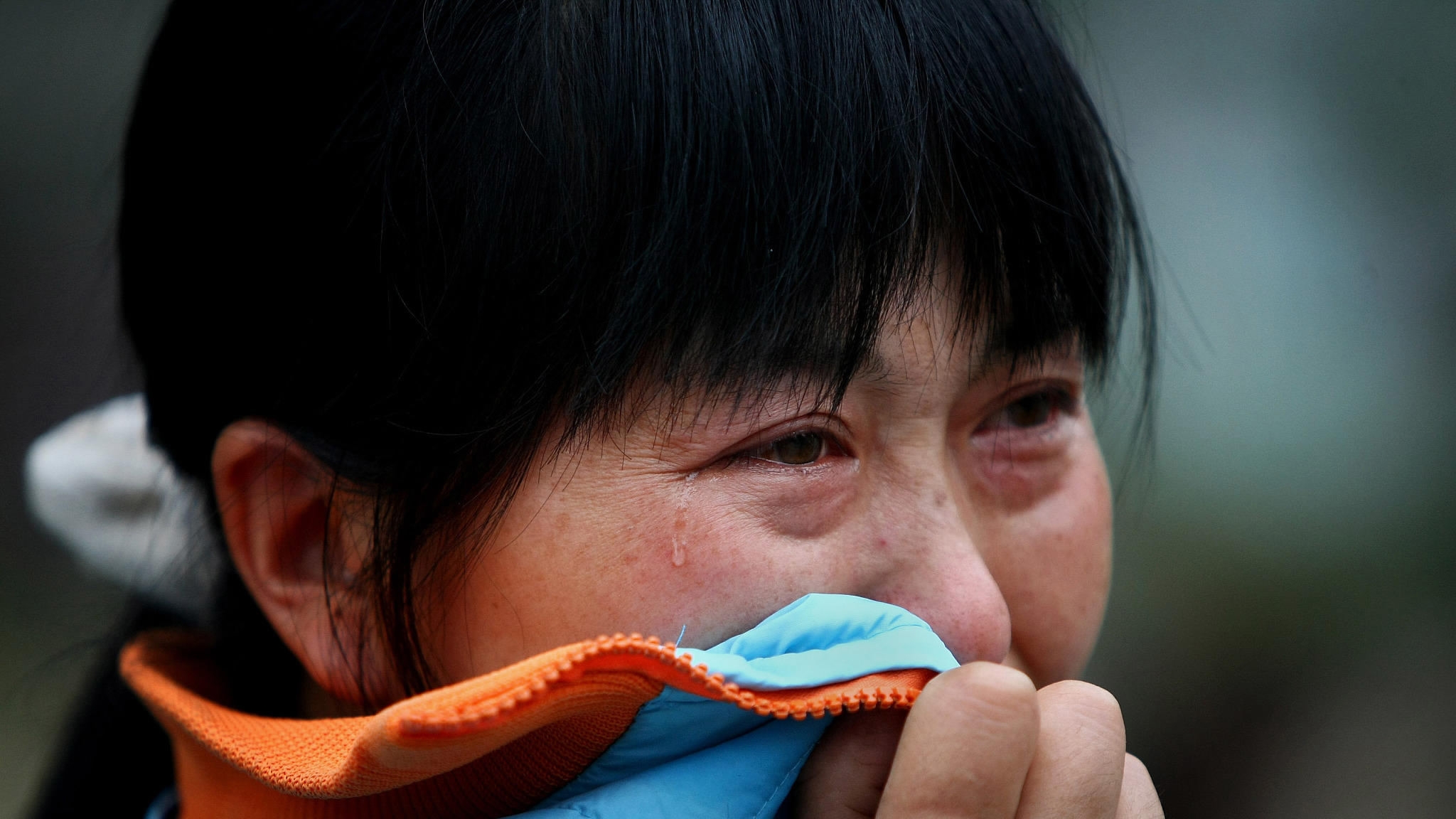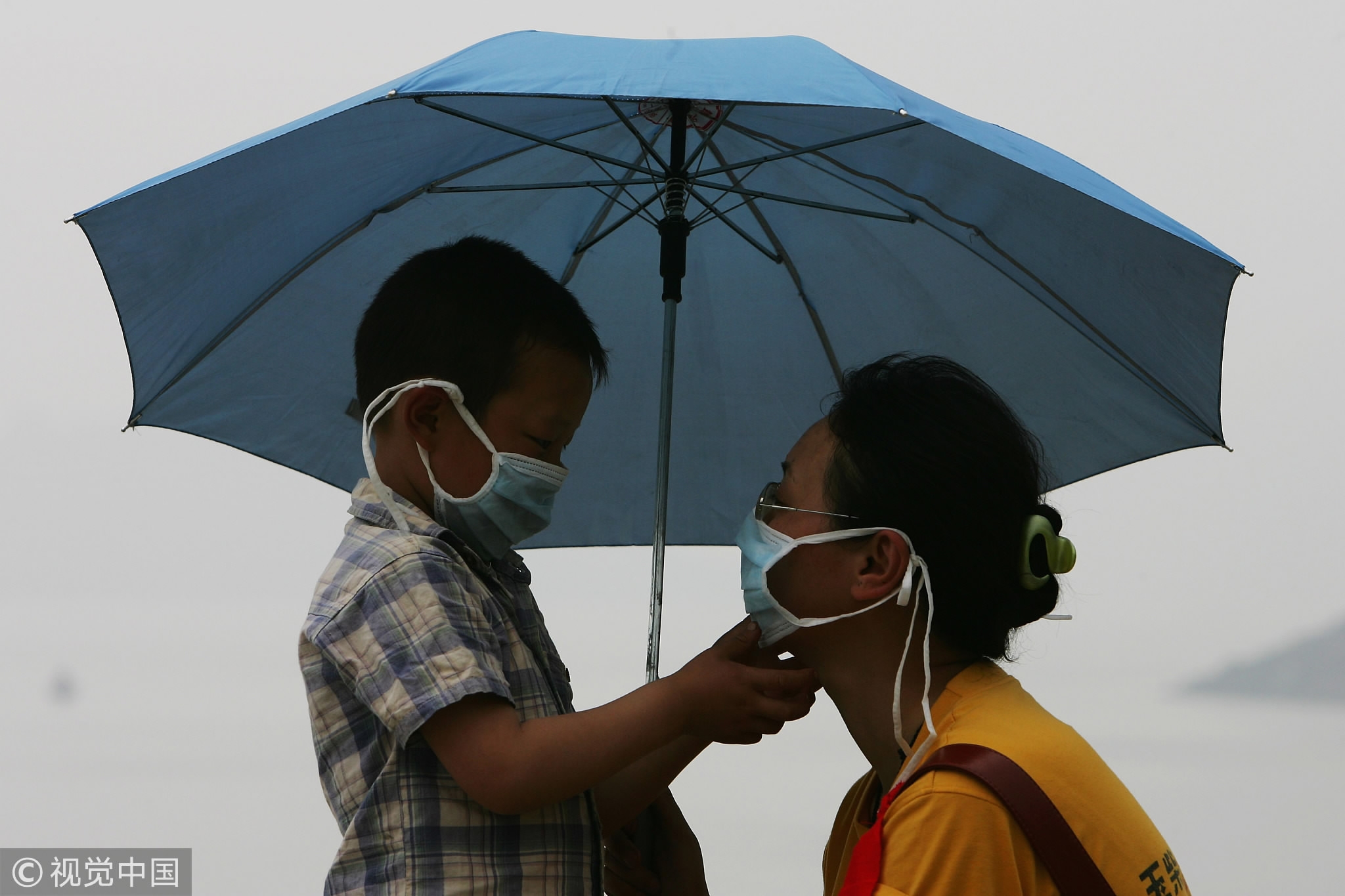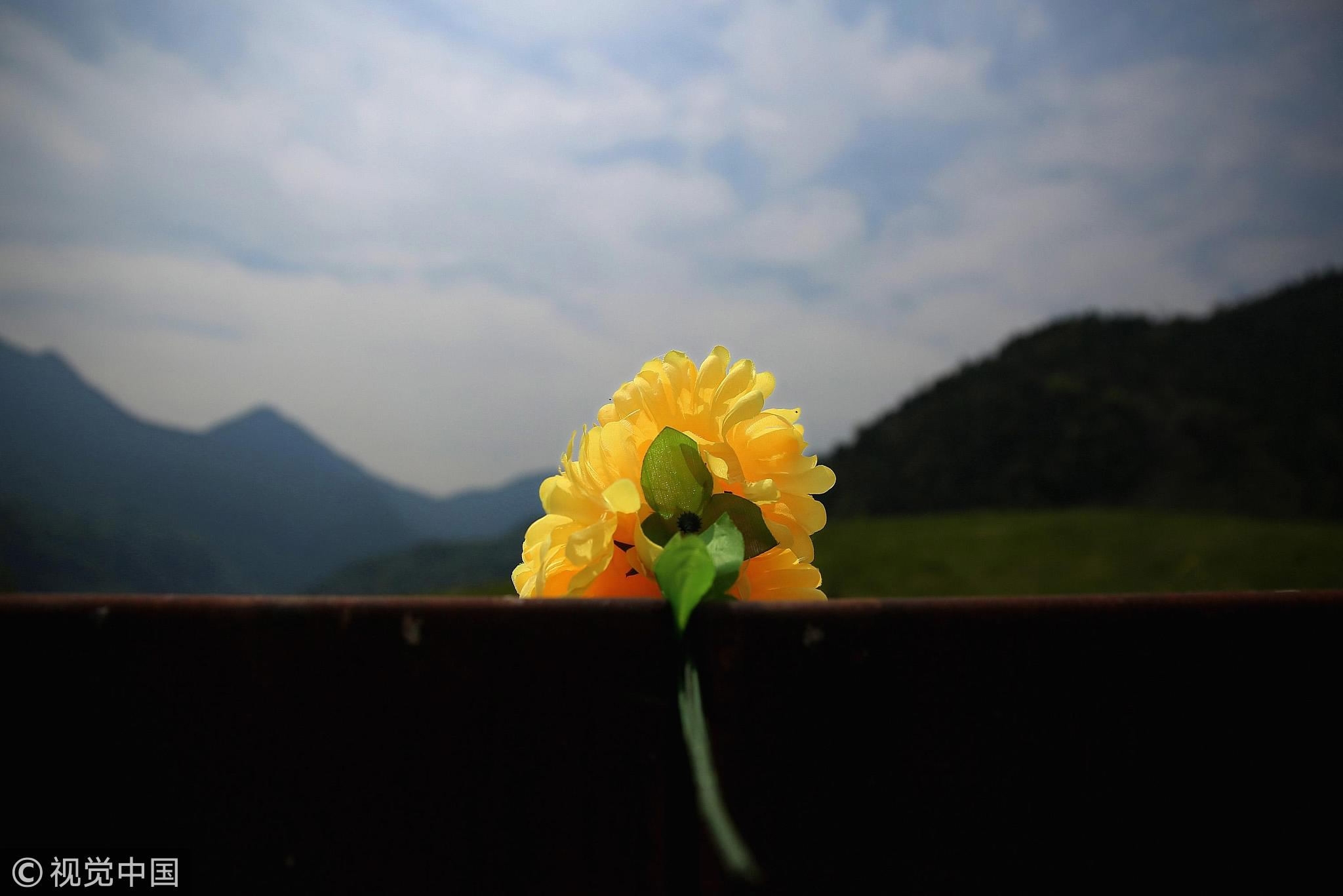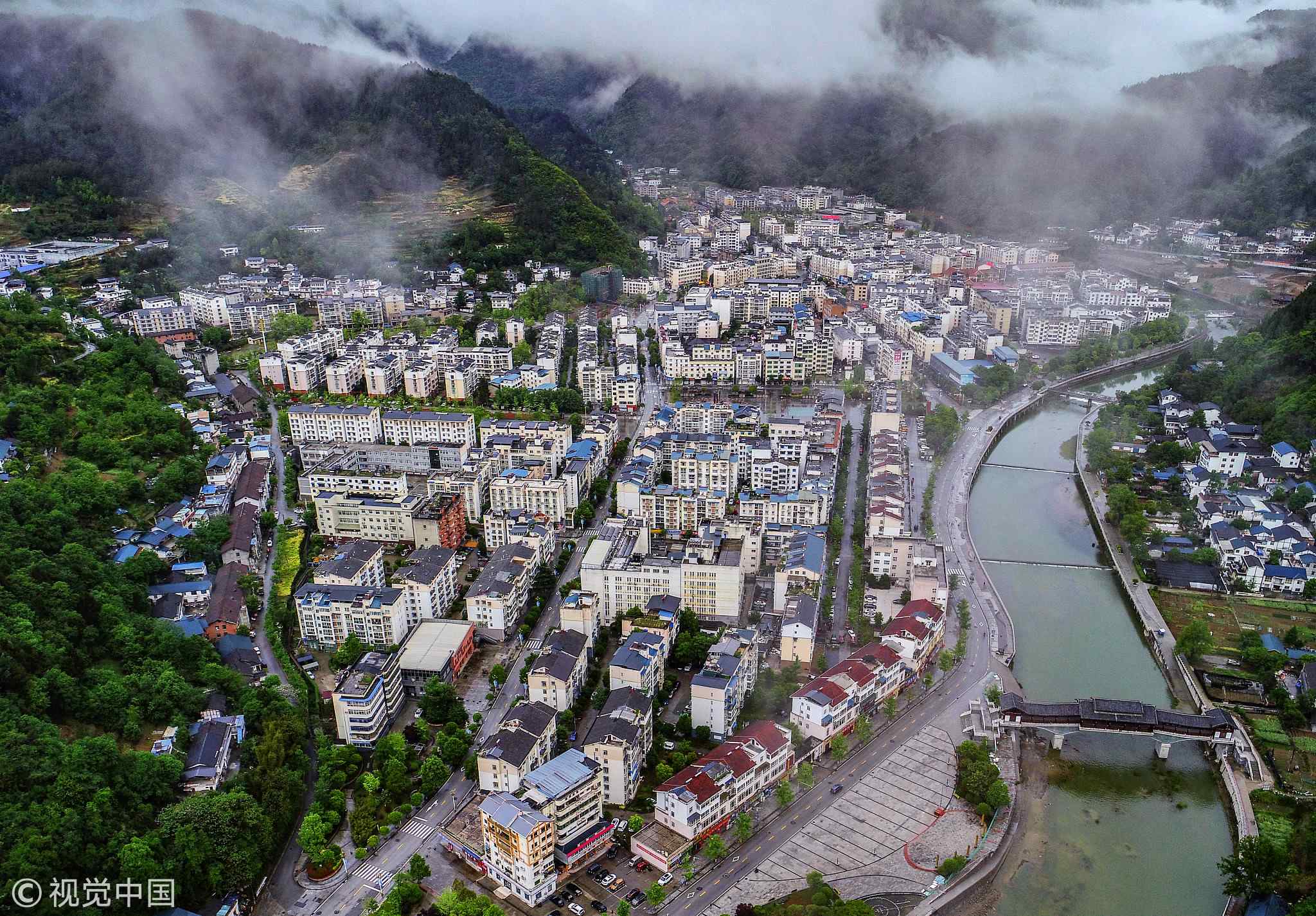
Opinions
18:54, 12-May-2018
Wenchuan a decade on: Post-traumatic growth for survivors, and China
By Wang Xiaonan

"That which does not kill us makes us stronger."
Friedrich Nietzsche's words serve as a testimony to the resilience of the human spirit, even in times of unbearable pain. Today marks the 10th anniversary of the magnitude-8.0 Wenchuan earthquake that claimed nearly 70,000 lives and affected more than 40 million people. The mighty quake, which caused tremors thousands of miles away, left a deadly trail across cities and villages across southwest China’s Sichuan Province. Scenes of collapsed buildings, broken bridges and heaps of rubble overwhelmed the eyes. But scars were not merely afflicted on the environment but on the heart of the survivors, who found their lives changed forever within a few seconds.
The tragedy happened exactly a day after the Mother’s Day of 2008. With some 12,000 schools decimated during the temblor, youngsters constituted a staggering number in the death toll. According to the Chinese government, at least 5,000 students lost their lives or went missing. For their mothers, the sky fell down. Suffering from extreme grief and stress, one third of these mothers have failed to conceive since. Moreover, countless families, unable to live together given such poignancy, have drifted apart.

A five-year-old son and his mother as they arrive at a landing point at Zipingba dam from Yingxiu Town in Sichuan, on May 16, 2008. /VCG Photo
A five-year-old son and his mother as they arrive at a landing point at Zipingba dam from Yingxiu Town in Sichuan, on May 16, 2008. /VCG Photo
Back in 2008, China was enjoying booming economic growth and a burgeoning middle class. Governments at all levels, international organizations, NGOs, and individuals rushed to the dilapidated region to offer their best help. "In Dujiangyan, one of the cities adjacent to the epicenter, I saw galore relief materials massively flowing to the resettlement location, among them was something I had never seen before," Qu Yuping, a university psychology teacher from Shanghai, told CGTN. An influx of soldiers from the People’s Liberation Army, medical staff, psychological consultants were on the sites for months.
She arrived in Dujiangyan two days after the earthquake as a volunteer and then hastened to a village under Mianzhu, a severely stricken county. "Women and children are the more fragile group. A number of women, mostly mothers, went into bursts of hysteria and sometimes caused panic by spreading rumors that another massive quake was on the way. I still remember a little girl crying every night though her parents were both safe," Qu said. The girl was diagnosed with minor post-traumatic stress disorder (PTSD).
Obvious and hidden post-trauma symptoms of depression, anxiety and even bipolar disorder infused melancholy and desperation in the communities and transiently turned into a social ill. "When we arrived in June, we found it an enormous job to bring the survivors back onto a normal track of life," said Professor Cecilia Chan, director of the Center on Behavioral Health at the University of Hong Kong (HKU).
Over the past decade, Chan has been to Wenchuan dozens of times to follow the psychological status of the survivors and participate in the training of local cadres, teachers and volunteers to help them better engage their fellow villagers. "Actually, it was the first time that the government deployed psychological counselors and social workers to the scenes of disaster," Chan, also associate director of the Center for Suicide Research and Prevention at the HKU, told CGTN. Not only those from other regions of the country but overseas Chinese as well as foreigners went over, delivering various contributions. In the face of the natural disaster, love knows no borders.

A flower is left on the ruins of Beichuan Middle School by families of earthquake victims as they mourn before the five-year anniversary of the Wenchuan earthquake, in Mianyang, China on May 11, 2013. /VCG Photo
A flower is left on the ruins of Beichuan Middle School by families of earthquake victims as they mourn before the five-year anniversary of the Wenchuan earthquake, in Mianyang, China on May 11, 2013. /VCG Photo
"Over the years, we've been helping the survivors come to acknowledge that life is vulnerable and unpredictable, and embrace what they have at the moment so that they gradually manage to heal their scars in heart," said Chan. Normalization and acceptance are essential in the process of turning the PTSD into post-traumatic growth (PTG).
A decade on, most survivors have started a normal life but 15-20 percent still struggle with a broken heart. The not-so-meager percentage has exposed the deficiencies of post-disaster psychological intervention, which is not in sync with the ample material supplies to relieve pain.
Yet progress has been made. The number of psychological problems among survivors of the 1976 Tangshan earthquake is three times higher than people without perishing experience. However, these survivors rushed toward Wenchuan to offer a helping hand, trying to shrink their mental shadow down to zero.
It renders an insight: One can get beyond his own world, however woeful it is, to reach over to others in need. Man has the resilience to accept and transfer the heartache into energy.
We’d better not lavish overflowing sympathy on the survivors, which risks fostering a victim mentality in them, but adopt a human-oriented approach to them.

Qingchuan County, one of the worst-hit areas in the 2008 Sichuan earthquake, taken on April 25, 2018 /VCG Photo
Qingchuan County, one of the worst-hit areas in the 2008 Sichuan earthquake, taken on April 25, 2018 /VCG Photo
Over the past 10 years, tremendous changes have taken place in post-disastrous psychological recovery. In September 2008, a disaster medicine department was founded in Tongji University, the first of its kind in the country. In December 2011, the Chinese Society of Disaster Medicine which comprises research departments for earthquake, flood, fire among many other disasters was established in Shanghai. The Institute of Psychology of the Chinese Academy of Sciences, which has been following the psychological status of the Wenchuan earthquake survivors for the past decade, will launch an online platform for psychological trauma interventions by the end of this year.
We have witnessed post-traumatic growth not only in the survivors but also in the country. China has become a leading country in this connection around the world within the short span of a decade.
It’s believed that with resilient people, communities, culture and systems, China will develop to be a disaster resilient nation, Chan noted in her speech at the special conference of the 10th anniversary of the earthquake.
"A crisis creates malleability, a moment of opportunity to introduce new ideas and to bring changes to the global system," said Baron Malloch-Brown, founder of the International Crisis Group.
Tomorrow is Mother’s Day 2018. Hopefully, all the mothers and children that survived the earthquake can break free from the specter and realize post-traumatic growth.
(The author is a reporter for CGTN Digital. Ms. Cecilia Chan contributed to the story.)
(Cover Photo: A mother cries for her son near the ruins of Beichuan Middle School during the one-year anniversary of the Wenchuan earthquake that caused the Beichuan middle school to collapse, on May 12, 2009 in Beichuan county of Mianyang city of Sichuan Province, China. /VCG Photo)

SITEMAP
Copyright © 2018 CGTN. Beijing ICP prepared NO.16065310-3
Copyright © 2018 CGTN. Beijing ICP prepared NO.16065310-3